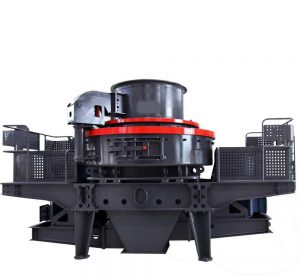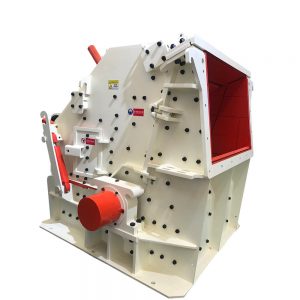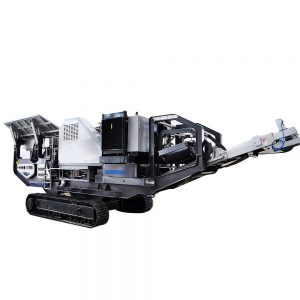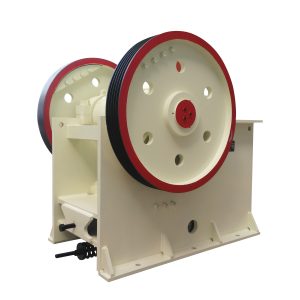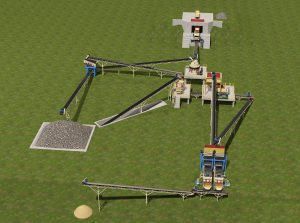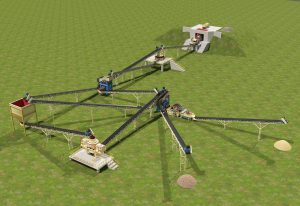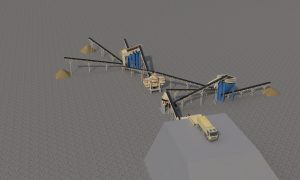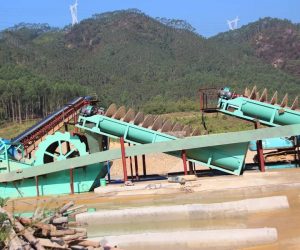Crushing Technology for Reducing Emissions in Cement Mines
With the development of our economy, the increasing demand for liquid fuels and the increasing shortage of international oil, fuel saving in mine production has been urgently brought to our face. As far as the mining industry is concerned, with the expansion of the scale of open-pit mining, the traditional mining technology requires a lot of large excavators and transport vehicles, which makes the organization of production very complicated and overwhelming. The application of continuous and semi-continuous mining technology can be relieved, and significant energy-saving effects and economic benefits can be achieved. Therefore, some crushing methods must be provided for the emission reduction of mines; common crushing methods include mixed crushing and pre-screening crushing.
What is mixed crushing?
Mixed crushing is often used in cement production. Therefore, mixed crushing generally refers to a production process in which two raw materials are sent to a crusher in a certain proportion in cement production for crushing. Common types of mixed crushing include limestone and marl, limestone and shale, limestone and clay, etc.
Mixed crushing refers to a production process in which two raw materials are sent to a crusher in a certain proportion in cement production for crushing. Common types of mixed crushing include limestone and marl, limestone and shale, limestone and clay, etc. Among them, the mixed crushing of limestone and clay is the crushing of two materials with very different physical properties, especially when it is mixed with high plasticity and high moisture mud which is more difficult. However, this mixed crushing also brings benefits.
In the crushing process, the limestone scrap is wrapped by the wet material, the dust is reduced, the viscosity of the crushed stone and the wet soil mixture is reduced, the fluidity is increased, and the blockage of the chute is reduced. Storage and rake performance in chemical storage yard. If this kind of clay is processed separately, it is not only necessary to add another set of equipment, but it is very difficult to transport, store and dig. There are many cases where it has been broken and re-bonded and compacted during subsequent transportation and storage, which seriously affected production. The success of mixing and crushing can reduce or even eliminate the stripping of limestone topsoil and make full use of ore resources. The two raw materials are processed together to reduce the construction and operating costs of a processing system, so the social and economic benefits are great.
Mixed crushing needs to solve a series of technical problems. They are all focused on not only ensuring the discharge particle size, but also preventing the crusher cavity from clogging and the entire system running smoothly. Therefore, the entire system from the silo must be specially designed, including the shape and structure of the silo, the cutting of the mud before crushing, the inside of the machine body and even the funnel and chute.
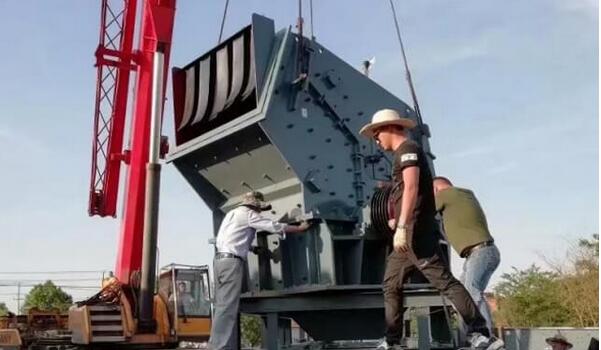
What is pre-screening and crushing?
Pre-screening and crushing refers to sieving the raw materials before crushing, only crushing the screened objects, which can often achieve good results.
Nowadays, cement is produced by a new type of dry method with pre-decomposition. This production method increases the silicic acid rate in the combination of raw materials, and it is often necessary to mix siliceous raw materials. The pure siliceous raw materials are mainly used to make glass, and the inferior siliceous raw materials are mostly sandstone, siltstone and shale intergrowth deposits, and it is difficult to separate them from each other during mining. Although the quality of this deposit can meet the needs of production, their physical properties are very different. Sandstone and siltstone are highly abrasive, while shale and weathered materials are soft and easy to absorb water and distribute stickiness. This kind of mixed ore brings great difficulties to conventional production methods, and it is difficult to find crushing models that are resistant to wear and blockage, making the utilization of such deposits a big problem.
Pre-screening can screen out most of the soil and shale, which can prevent the blockage of the crusher. The crushing system composed of the wave screening feeder and the anti-wear single-stage impact crusher developed according to this principle can handle even the mixed ore of viscous materials and highly abrasive hard materials. The crusher can work normally even in the rainy season. Since the qualified materials have been pre-screened, the life of the wear parts of the crusher is much higher than expected. The successful development of this technology and equipment makes the effective utilization of this type of interbedded low-grade siliceous deposits relatively simple. In just a few years, it has become the main crushing method for such siliceous deposits in China.
Using the screening and crushing method, some low-grade ore deposits can also be screened to remove the under-screen material to increase the level of the ore and become usable ore. For example, for low-grade limestone deposits, if the average grade is low, it is caused by the inclusion of shale and argillaceous inclusions (CaO is lower than the available index, and the alkali content exceeds the standard). Because these inclusions are thin, soft, and fragile, blasting After the scraps have a large content, the grade can be improved after the pre-screening method is used to eliminate them.
When there are more crushed materials in the raw ore, the use of pre-screening can reduce the workload of the crusher, and the use of a smaller model can increase the system’s yield and reduce the over-crushing of the product. The overall power consumption is reduced, and the metal consumption is reduced. As the pre-screening adds a link and the complexity of production increases, it is usually valuable when the qualified material in the raw ore exceeds 20% to 30%.
